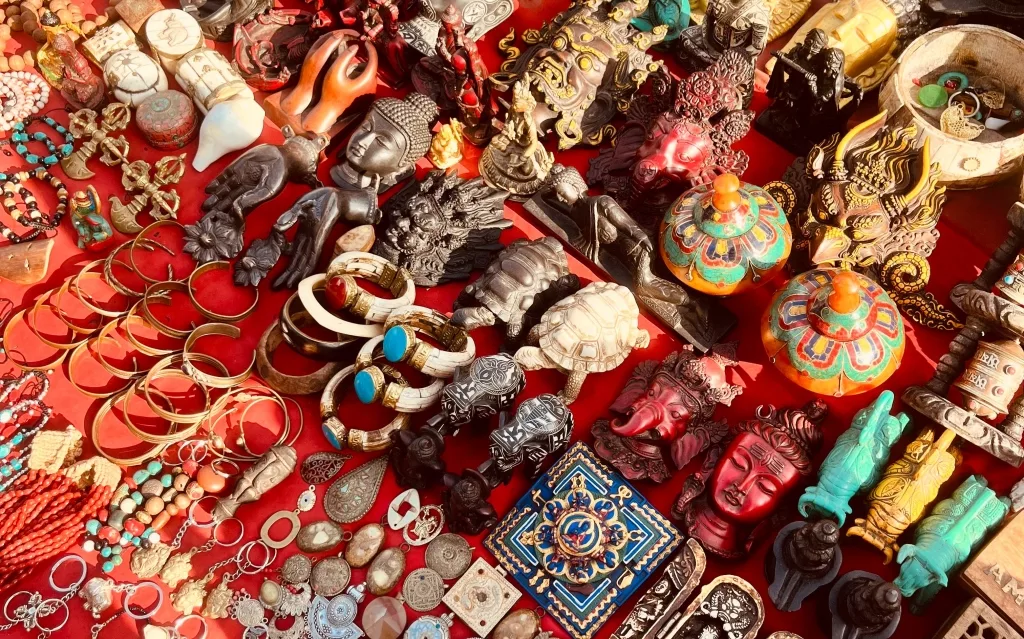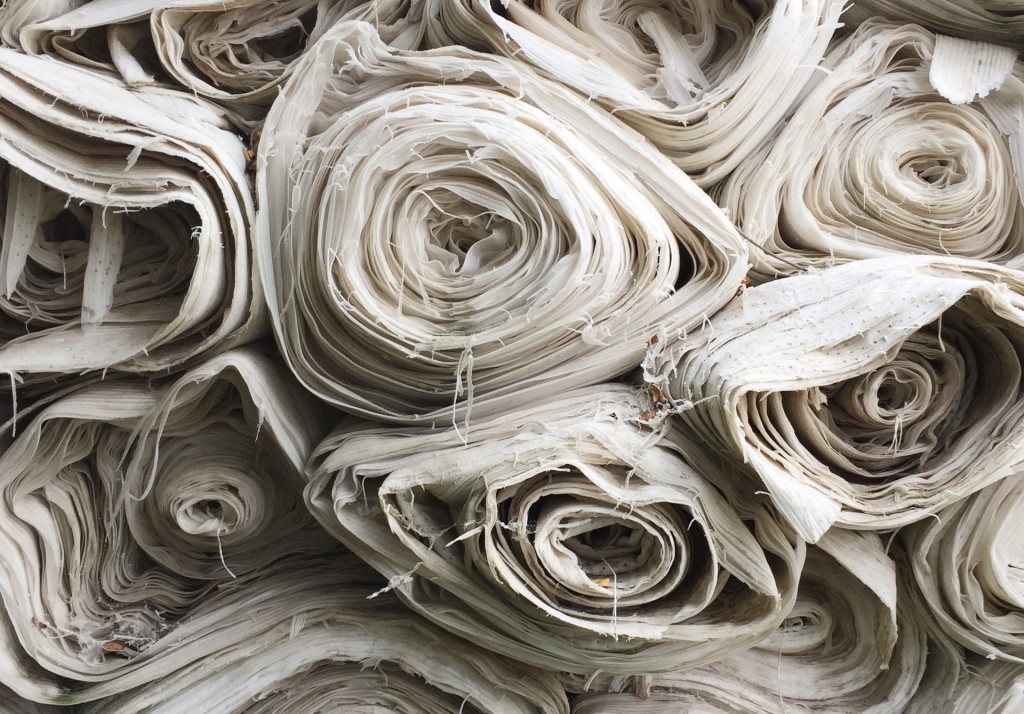Creating jewelry is as much art as it is science. Using simple tools and techniques, jewelry makers make one-of-a-kind creations that reflect their aesthetics.
The jeweler design process begins with sketching. This critical step converts creative ideas into a precise roadmap for all the artisans who will transform design into fine jewelry.
Design
When it comes to handmade, delicate jewelry design, the possibilities are endless. From wire wrapping to cloisonne, a wide range of techniques can be used to create the perfect piece. The design process can start with a simple sketch or a quick idea. Then, the designer will decide what materials and tools are needed to complete the piece.
Computer-aided design software is frequently used by jewelry manufacturers, such as Kate Maller Jewelry, to create a scaled-down final product model. It assists with removing errors and perfecting details before beginning work on the final product.
Many jewelry designers will also attend local markets to showcase their work and meet potential customers. It is an essential step for building brand awareness and can help to validate a business idea. In addition, jewelry makers can use these events to get feedback on their designs. It can be beneficial for emerging brands. Alternatively, jewelry makers can outsource their manufacturing to a local or overseas factory.
Materials
When choosing a designer, look for someone with experience creating handmade jewelry and a strong understanding of the materials that go into it. It ensures your one-of-a-kind piece will be crafted using high-quality, hypoallergenic materials suitable for your skin and preferences.
Handmade jewelry requires skilled labor to control tools manually and transform precious metals into works of art. Creating a single piece of fine jewelry can take days and requires multiple steps, including casting, forming, soldering, polishing, and stone setting.
Handmade jewelry artists often use various beads, clay, natural elements, and precious stones to create their pieces. They also support small businesses, the backbone of our economy, by sourcing their raw materials. There’s a certain romanticism in knowing you’re helping a local business owner pursue their passion and share it with the world.
Manufacture
When you’re ready to bring your design to life, find a manufacturer with an excellent reputation and years of experience producing fine jewelry. Expert jewelers will execute your design with precision and care, ensuring the finished product meets your expectations.
This process typically starts with a CAD rendering, an image of the piece in 2D that can be revised before fabricating. Once you’re happy with the CAD rendering, your jewelers will make a wax model to build off of.
Once the model is built, it’s soldered together to create the finished jewelry. It can include everything from earring posts to bails holding pendants and bracelet links. Depending on the design, some jewelry pieces may be assembled using previously prepared standardized components such as earring settings or gemstone cages. It saves time and money while allowing jewelers to focus on the creative details.
Finishing
Adding the right finishing touches to jewelry takes it from another pretty thing to an eye-catching statement piece. It is particularly true with brushed, textured, and wire-brushed finishes.
These techniques can help disguise minor scuffs and scratches while adding a dynamic texture to the metal surface. They’re also more durable than satin and polished finishes and can help mask the drag lines left behind by buffing.
While mass finishing is optional for a small custom jeweler who only makes a few pieces a day or week, it can be a big time saver. The first step in deciding if mass finishing is proper for you is to decide what equipment you need. There are four main types: rotary, vibratory, magnetic, and centrifugal.


